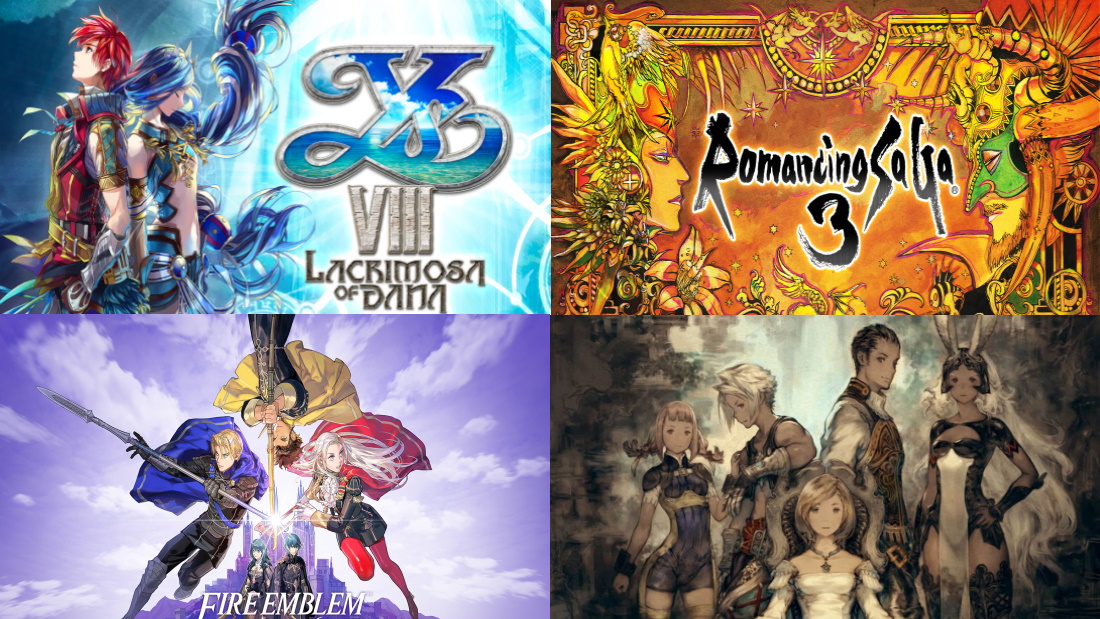
Nintendo Switch has the games, specifically a boatload of JRPGs to keep you busy for years on end. With so many JRPGs to choose from on the Switch, finding the one that speaks to you could be a challenge. So we've spent the time looking through all of the system's JRPGs to put together this list so you can start your search by finding the best and going from there.
Despite all of these games falling under the same broad umbrella of "Japanese RPG," every entry on our list has something different to offer.
There's fast-paced hack and slash action RPGs, fantasy comfort food, RPGs with grand, epic tales, and even an old-school title to sink dozens of hours into.
Let's get started with a remake of a modern classic.
Xenoblade Chronicles: Definitive Edition
Of the two Xenoblade games on Switch, Xenoblade Chronicles: Definitive Edition gets the easy recommendation. Xenoblade Chronicles 2 has plenty to love about it, including its story. But XC: Definitive Edition does everything better.
Combat is more varied and easier to get into from the start. Environments are more interesting, with more secrets to uncover. And best of all, the story starts with a huge bang and maintains its momentum throughout the lengthy adventure.
It’s also easier to see Chronicles as a successor to Xenogears in tone and style. What starts out as a tired sci-fi tale of humans versus alien-things gets weird pretty fast, with plenty of unexpected twists thrown in along the way.
Definitive Edition smooths out almost all the ugly spots from the original release, with improved visuals, a better map, and more intuitive interfaces. It’s a classic through and through, even if the extra story content is hit-and-miss.
Check out our review for the full skinny.
Final Fantasy XII: The Zodiac Age
You can play a lot of Final Fantasy games on Switch, and any of them would be a good choice. Final Fantasy XII: The Zodiac Age offers the most value, though, and it boasts one of the best stories and feature sets in the series.
FFXII takes place in Ivalice, which may already be an indicator of greatness if you’ve played Final Fantasy Tactics. Like Tactics, FFXII leans heavily on fantasy politics for its story. Some have even called it the result of a fling Final Fantasy had with Star Wars, what with XII’s team of plucky rebels resisting an evil empire bent on domination.
That’s oversimplifying things of course, as there’s plenty of other side stories and character arcs going on.
Then there’s the combat. FFXII’s Gambit system is a breath of fresh air that puts a twist on traditional turn-based combat. You aren’t controlling your characters’ every move. Instead, you basically program how they act in specific conditions. It takes getting used to, but it’s a wholly absorbing system once you get going.
We said that "The Zodiac Age takes what was originally a mediocre game and makes it one of the best gameplay-oriented entries to the series." If that sounds good to you, it's probably worth a look.
Ni no Kuni: Wrath of the White Witch
Ni No Kuni: Wrath of the White Witch is one of the more unique JRPGs on Switch. You set off to save the world — but it’s not your world. It’s a fantastical Studio Ghibli world bursting at the seams with personality. Oliver, the hero, isn’t some reluctant, duty-bound hero fated to banish the darkness either.
He just wants his mom back, and it’s the power of simple kindness in his heart that lets him face off against the dark forces threatening this other world. That and the army of Familiars he recruits if he’s lucky.
Ni No Kuni is Pokemon-ish in that you raise adorable little monsters into hulking beat-down machines, but Level-5’s bizarre insistence on making recruitment a challenge mars the experience a bit. It’s not as bad as Yo-Kai Watch, but it could be better.
Still, dealing with the few bumps in the road is a small price to pay for spending time in this gorgeous world and soaking up its heartfelt story.
Ys 8: Lacrimosa of Dana
Ys 8: Lacrimosa of Dana has an 8 in the title, but like other games in the series, it’s a standalone title.
Protagonist Adol Christin washes up on the shores of a mysterious island called Seiren, where “mysterious” means “crawling with monsters and massive dinosaurs that shouldn’t exist.” Adol is, as always, the story’s main focus, but the action shifts to Dana at various points, as the past and present gradually intertwine in a grand crescendo.
At its heart, Ys 8 is an action and exploration game, and there’s plenty of both to go around. You’ll open new parts of the island as you explore and recruit more castaways — and party members — to your base camp, which means encountering new monsters as well.
Fortunately, Adol and co. have a wide variety of skills you’ll weave together seamlessly when you aren’t swapping between party members to take advantage of enemy weaknesses. Aside from the story, it’s that breathless, fast-paced action that sets Ys 8 apart as one of the best JRPGs on the Switch.
And if you like what you see, Ys 9: Monstrum Nox is headed to Switch in 2021.
The Legend of Heroes: Trails of Cold Steel 3
You can’t get much further from Ys 8 than with The Legend of Heroes: Trails of Cold Steel 3 on Switch. Trails is heavy on story, with combat steeped in traditional turn-based style. Those things are also what make it so good.
Unlike Ys, Cold Steel 3 isn’t fully standalone, but it does offer plenty of ways to catch up on what’s been going on with the folks of Class VII. Yes, it’s a school story, but only on the surface.
Underneath, Cold Steel 3 builds up one of the best RPG narratives around broad themes of government scheming, imperialism and conquest, and giant mechs. It’s the kind of game where a national tax plan takes center stage one minute and slinging spells at an unhinged would-be terrorist takes the next, and it's all an important part of the same tightly wound story
Spell slinging and attacks in Trails are never a static affair, despite being traditional in structure. Each character uses an orbment you customize with different quartz crystals. These augment stats, grant the use of certain spells, or inflict status ailments.
You’ll need to fine-tune your setup for some of the game’s bigger fights, along with balancing your offense with each character’s special skills. There’s a lot going on both in story and gameplay, making Trails of Cold Steel 3 one of the more satisfying RPGs on our list.
And did I mention the soundtrack is stellar? Because the soundtrack is stellar.
Octopath Traveler
Octopath Traveler is great at dividing opinion, but at House GameSkinny, we’re firmly in the “it deserves its spot as one of the best JRPGs on the Switch” camp. Octopath Traveler’s episodic stories and piecemeal narrative don’t work together until the end, though there are connections if you pay attention.
Even if not, the character stories are enough to make it interesting — the thief facing his betrayer, the merchant realizing the world isn’t made of happiness and butterflies, the hunter apprentice trying to save her mentor. It’s good stuff, even if the individual abilities don’t affect side stories as much as they could.
The combat is even better stuff, which is good since you’ll be fighting a lot. Outside the deep job system with secondary skills galore, Octopath Traveler uses a Bravely Default-style boost system. Knowing when to spend boost points to bolster your attacks is key, and it creates a satisfying ebb and flow in every fight, especially the dramatic boss fights.
And if you don’t know when to do this, you better learn fast. Octopath Traveler pulls no punches.
Fire Emblem: Three Houses
Fire Emblem: Three Houses is a strategy game. But Nintendo calls it an RPG on the official site. It’s Japanese, so it works.
Three Houses takes the split narrative style that failed in Fire Emblem Fates and turns it into the central feature. You choose one of the three houses at the beginning and guide your students’ growth as events suddenly spiral out of control.
And then it happens: your choices determine who’s gonna die. Emotional manipulation? Maybe. But it sure makes the story hit harder, and more importantly, it makes you want to play the other routes to find out what was going on with everyone else.
Three Houses changes the battle system enough to keep it interesting, with new monsters, terrain, and weapon types. And even though everyone who plays it is horny for just about everything in Three Houses, it does a much better job keeping support relationships as, well… support, instead of making them the ultimate endgame.
Disgaea 5 Complete
Since we’re throwing strategy games in here, we’d be remiss not to include Disgaea 5 Complete as one of the best JRPGs on Switch. Technically, Disgaea 5 is the same Disgaea formula established back with the first entry on PlayStation 2. You play as heroes and anti-heroes from the Netherworld on their journey to Do A Thing, engaging in over-the-top tactical battles and leveling up to 9,999 if you want.
It’s wacky — as any game with exploding penguins called Prinnies has to be. It’s also a refreshing take on the usual JRPG setup, even if Disgaea 5 weighs in as slightly more serious than its predecessors.
With loveable characters, the Item World for eternal grinding, and in-depth character management all being the same, you might be wondering whether to go with Disgaea 5 over the other two on the Switch. While Disgaea 4 Complete+ adds in all the quality of life enhancements D5 introduced, D5 has one thing D4 doesn’t: every bit of DLC.
Stuff like the Gift of HL is included with no extra charge, and who wants to say no to free money?
Romancing SaGa 3
Romancing SaGa 3 can be a total pain, but the same thing that makes it challenging is what makes it great: minimal barriers.
The story unfolds as you figure out how to move it forward. Instead of completing objectives, you have to speak with people, understand what’s going on, and then act on it. Your actions and choices determine how the story progresses in some cases, locking specific quest and narrative paths depending on what you do.
On top of that, Romancing SaGa 3 features multiple characters, not unlike Octopath Traveler. Their stories follow unique paths that simultaneously paint a picture of the wider story. But SaGa 3 does a slightly better job showing how it all works together, assuming you can make it to the end, of course.
The trouble is that sometimes, you’re really flying by the seat of your pants. The same setup applies to combat and character progression. You’re free to figure out how it works on your own — because the game won’t tell you. Romancing SaGa 3 isn’t for everyone because of that, but if you can power through its more obnoxious elements, there’s an adventure like no other here.
Tales of Vesperia: Definitive Edition
So far, the Switch only has Tales of Vesperia to represent Bandai Namco’s long-running Tales of series. We’re not complaining, though. It’s widely regarded as one of the best in the series, and with good reason.
Vesperia inverts the usual cast archetypes from the get-go and ends up being one of the most varied and interesting in the series. Protagonist Yuri Lowell is a snide loner, the mage Rita’s favorite hobbies are studying by herself and insulting people, and Repede the dog smokes a pipe.
The story is standard Tales fare, a big, epic fantasy with warring nations, betrayals, and sumptuous locales you’ll visit as you travel the world. Standard doesn’t mean boring, though, and the interesting cast of characters keeps it from ever seeming stale.
It’s all wrapped up in the series’ signature battle system. Vesperia’s combat is a half-step ahead of Tales of the Abyss’ Flex-Linear system, but a half-step behind the combo-based fighting of more modern entries. The flow might not be as smooth, but managing skills and the points required to use them keeps you on your toes for each battle.
Dragon Quest XI S: Echoes of an Elusive Age
In a world where traditional RPGs are fast losing favor, Dragon Quest XI S shows the formula still has plenty of life in it. You’ll have an idea of what to expect if you’ve played any previous Dragon Quest: turn-based battles, chosen heroes, world-ending darkness, and Akira Toriyama’s fabulous artwork.
Dragon Quest XI S has all this, but it executes every part of it — and then some — so well.
That’s thanks in no small part to the excellent cast. Everyone gets their story told, and the Switch version adds even more with optional extra episodes.
The battle system is the same as ever for the most part, but gets some much-needed boosts from things like Pep Powers and handy new spells and skills. There’s a Dragon Quest version of item crafting, too, which saves money and is worth doing if only because you use a “fun-sized forge” to make things.
Dragon Quest XI S sweetens the deal even more. Alongside those extra character episodes, you can travel back in time to segments from every previous Dragon Quest game with new story content and quests. Plus you can play the entire game in 16-bit 2D, which makes the slight visual downgrade from the PS4 version more than worth it.
That's it for our list of the best JRPGs on the Nintendo Switch. Of course, there are other contenders out there, but these are the ones you should start with if you're looking for a brand-new JRPG adventure on the console. What are your favorites? Join the conversation over on Twitter!

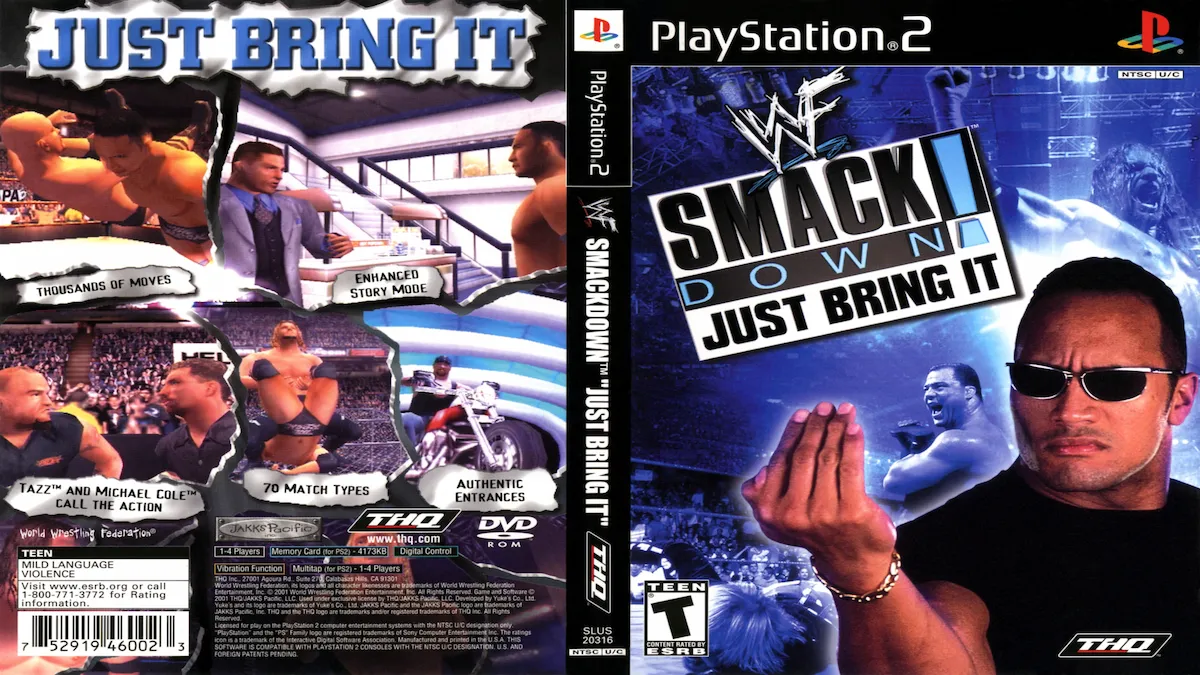
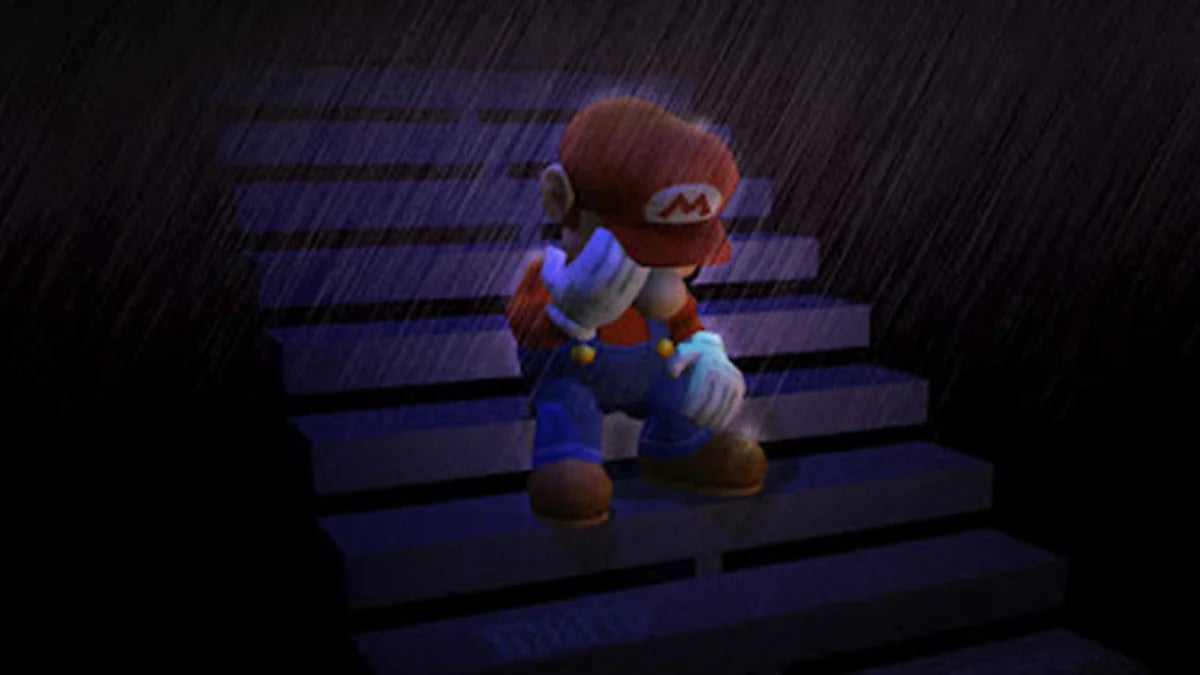

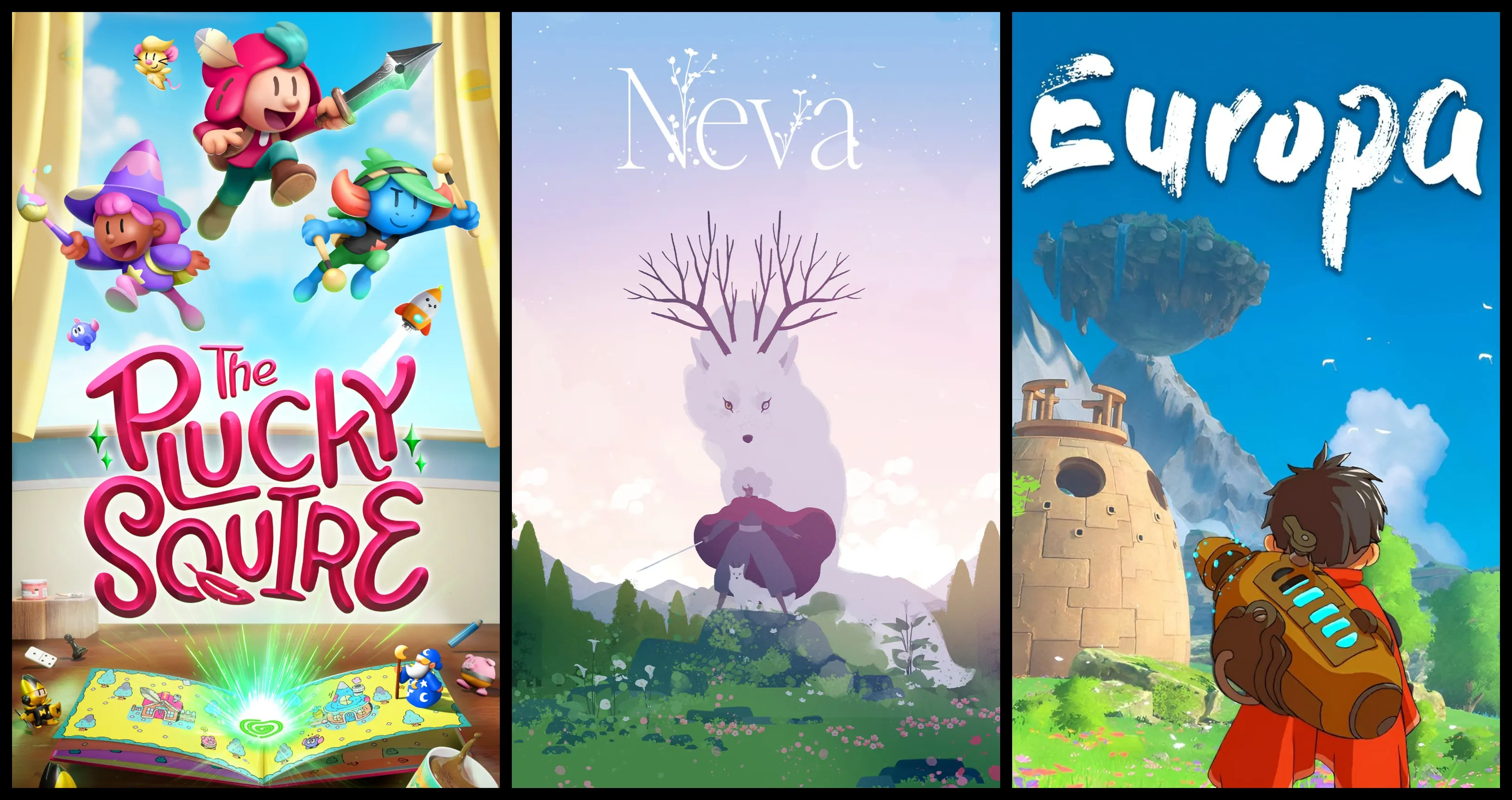
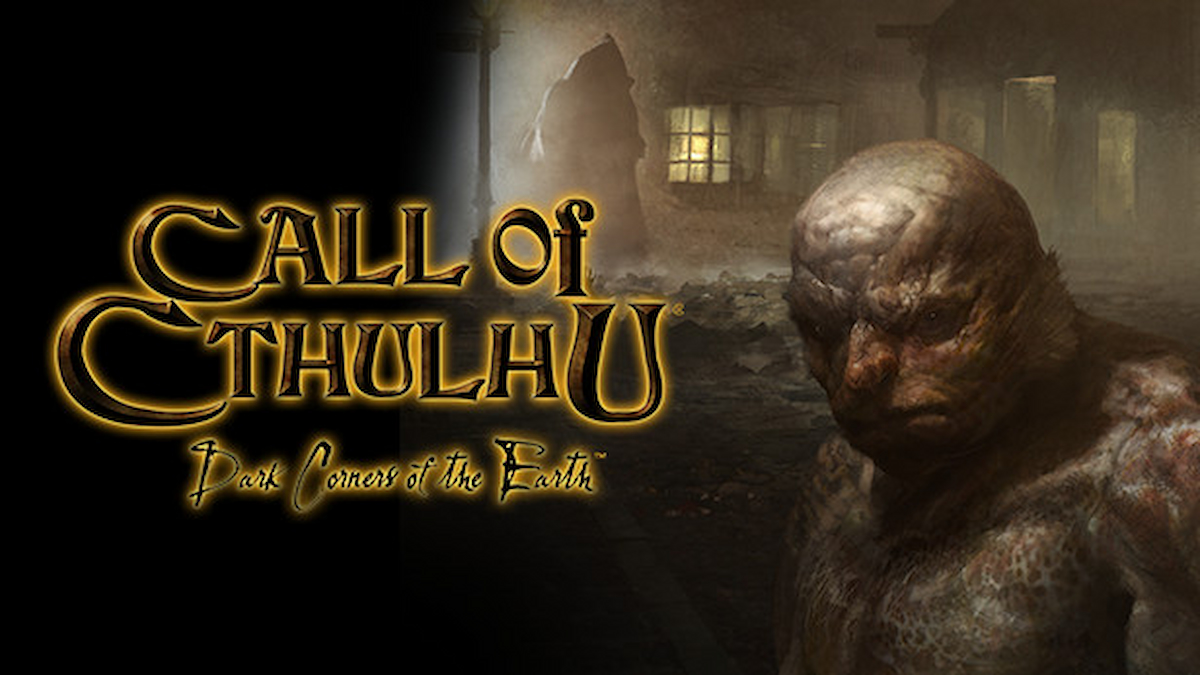
Published: Sep 25, 2020 05:04 pm